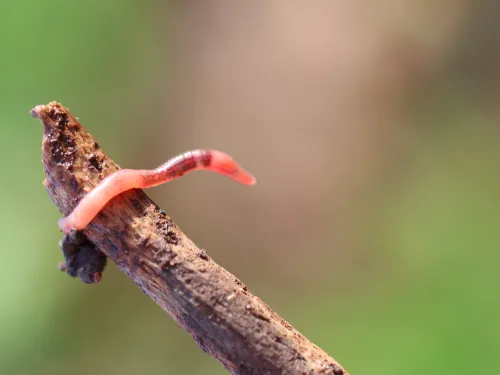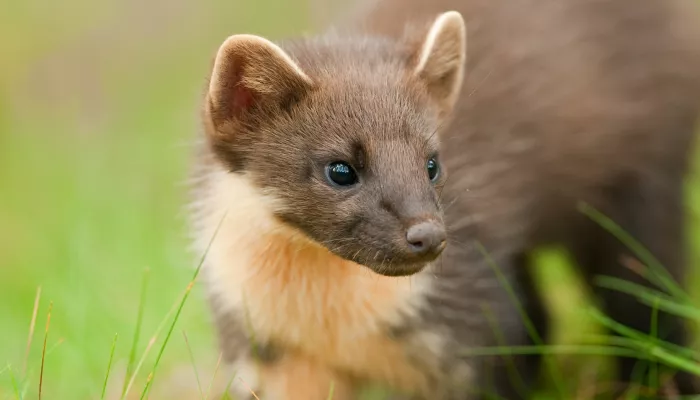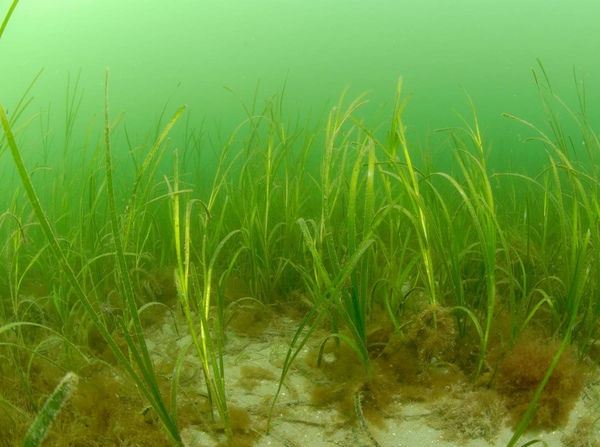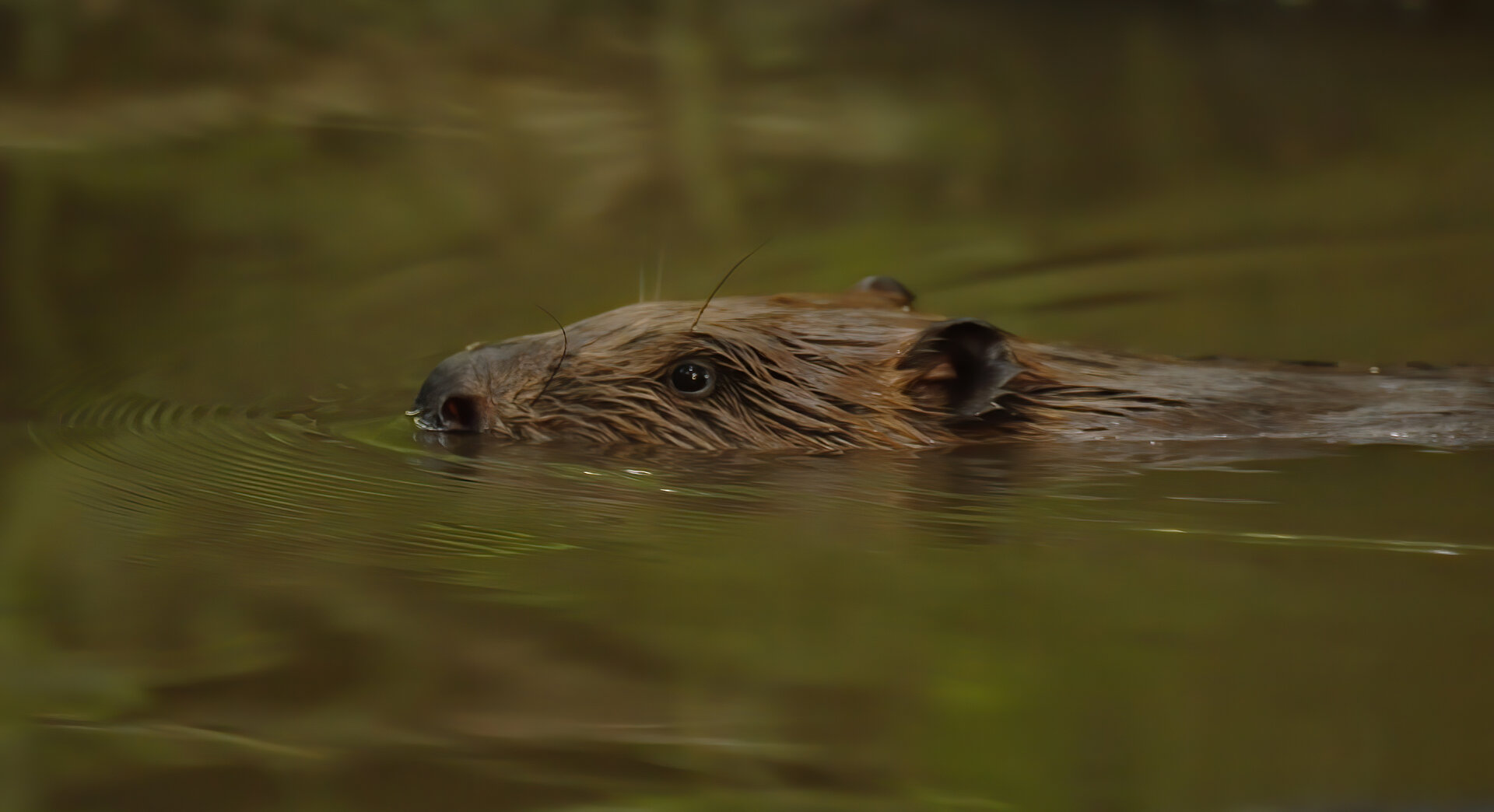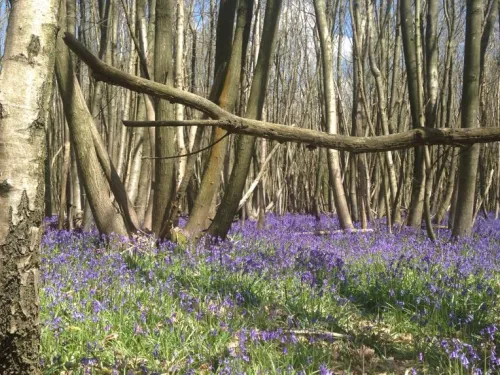Beaver
Stage of project: Beavers are already present in the UK. We are supporting communities living with beavers to support their spread and have appropriate management in place.
Beavers already live here. We will be supporting their survival and spread through appropriate management to promote coexistence. Eurasian beaver (Castor fiber) are medium-sized mammals that are semi-aquatic, like otters. They mostly live in water, but forage in water and on land. They are vegetarians and eat over 300 species of plants, including lots of invasive species in Britain.
Beavers are known as 'ecosystem engineers' or a 'Nature-based Solution' because they create and affect the habitats they live in, benefitting other wildlife and people.
For example, when beavers build dams, this slows and cleans the water. This means that, during periods of heavy rain, less water flows downstream, reducing flooding and creating wet woodlands and ponds. These new habitats also act as carbon sinks, helping to slow climate change. Beavers also create new habitats that benefit other species, like invertebrates, and bats, as well as endangered species such as water vole.
